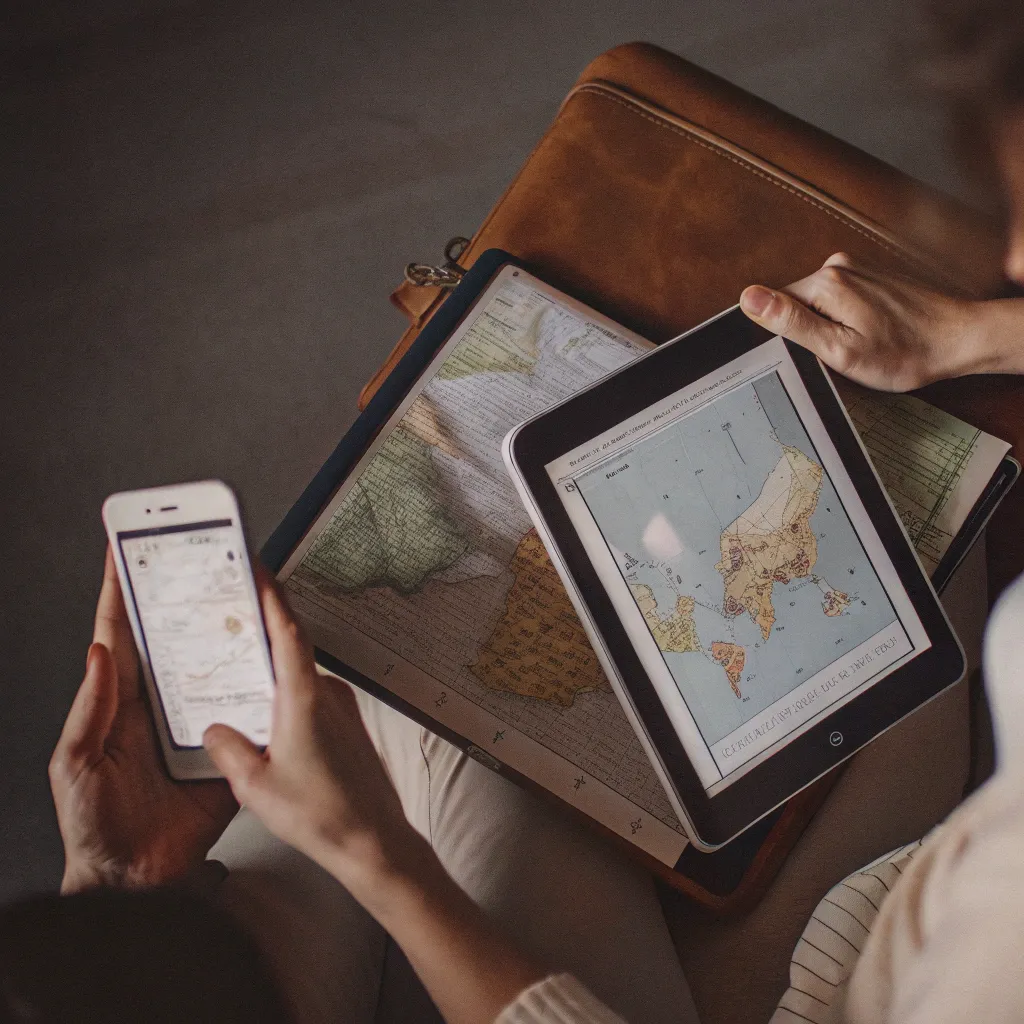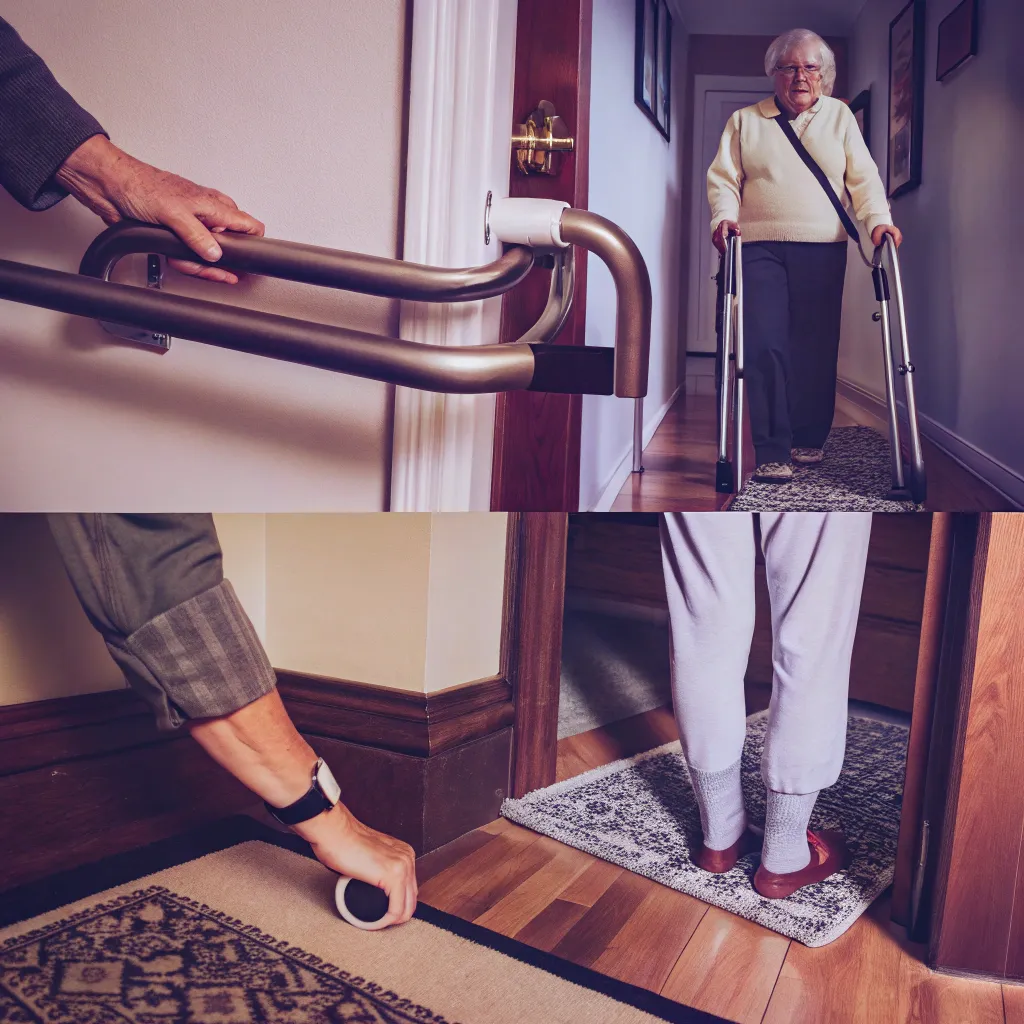Navigating foreign countries where you don't speak the language used to mean carrying bulky phrasebooks and struggling through awkward conversations. Today's smart translation technology has completely transformed how we communicate while traveling abroad, making global adventures more accessible than ever.
The Evolution of Translation Technology for Travelers
Remember the days of frantically flipping through pocket dictionaries or relying on charades to order food in another country? Those struggles are increasingly becoming a thing of the past. Modern translation tools now fit in your pocket—or even in your ear—providing near-instant communication across language barriers.
The latest generation of translation devices combines artificial intelligence with sophisticated language processing to deliver increasingly accurate translations in real-time. Unlike basic translation apps from a decade ago, today's tools can handle nuances, dialects, and even some idiomatic expressions that previously caused confusion.
Must-Have Translation Earbuds for International Travelers

One of the most exciting developments in translation technology is the emergence of smart earbuds that translate conversations in real-time.
The ZIHNIC S11A Translation Earphones represent this new wave of wearable translators. These earbuds support an impressive 138 languages through three distinct translation modes, making them versatile companions for global travelers. Their IPX5 waterproof rating means you won't have to worry about getting caught in unexpected rain while exploring new destinations.
Similarly, the Keilini TalkEase translator earbuds have gained attention for their ability to instantly interpret spoken words. These devices are particularly valuable for travelers who frequently find themselves in multilingual environments or attending international meetings.
Handheld Translation Devices: Portable Language Solutions
For travelers who prefer dedicated translation devices, options like the iFLYTEK Easy Trans 2.0 offer compelling advantages. This portable electronic translator provides two-way translation between Chinese and 33 other languages. What makes it especially valuable for travelers is its offline translation capability—no need to worry about finding Wi-Fi or using expensive data when you're in remote locations.
The TOKK™ Smart Translator ai10 takes a different approach, focusing on breaking language barriers with faster, smarter communication. According to Tokk's website, this device makes global communication "smarter, faster, and more accurate than ever," which could be a game-changer for travelers needing reliable translations in diverse settings.
How Are Online Translation Services Evolving?
While physical devices offer convenience, online translation services continue to evolve in impressive ways. QuillBot's Translate service represents the cutting edge of AI-powered translation technology. Beyond basic word-for-word translation, it attempts to make sense of idioms and language quirks that typically confuse traditional translation tools.
This kind of contextual understanding is particularly valuable for travelers trying to understand menus, signs, or cultural references that don't translate literally. QuillBot's service can help with everything from translating contracts to understanding travel guides in foreign languages.
Which Translation Tool Is Right for Your Travel Style?
The best translation tool depends largely on how you travel:
- Business travelers might prefer earbuds like the ZIHNIC S11A for seamless meeting participation
- Adventure travelers exploring remote areas should consider offline-capable devices like the iFLYTEK Easy Trans 2.0
- Budget travelers might start with free online services like QuillBot Translate before investing in dedicated hardware
Whatever your choice, today's translation technology makes global travel more accessible and less stressful than ever before. The language barrier that once seemed insurmountable has been reduced to a minor hurdle that smart technology can help you clear with ease.
No translation technology is perfect yet—cultural nuances and humor still sometimes get lost—but the tools available today would have seemed magical just a decade ago. As AI technology continues to advance, we can expect even more seamless communication across languages in the years to come.






